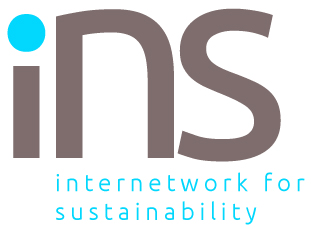A team at the California Institute of Technology (Caltech) has reached a new milestone in quantum computing: a functioning system with 6,100 qubits. These are so-called neutral-atom qubits held in place by optical “tweezers.” It is the most extensive and most stable qubit array ever built. For the global quantum community, this is considered a breakthrough: for the first time, scalability is being combined with high accuracy and long coherence.
The achievement is viewed as evidence that quantum technology is maturing more rapidly than many had anticipated. “We’re showing that it’s possible to stably control thousands of qubits,” one researcher explained. “That opens the door to error-corrected quantum computers capable of solving real-world problems.”
From Lab to Climate Solutions
Those real-world problems extend far beyond physics and chemistry, directly impacting the climate crisis. Today’s supercomputers consume enormous amounts of energy to run complex models, ranging from weather forecasts to power grid optimization. Quantum computers, by contrast, require only a fraction of that energy for certain kinds of calculations.
Research suggests that hybrid data centers — where quantum processors work in tandem with classical GPUs — could reduce electricity consumption by up to 15 percent. In a sector responsible for a growing share of global CO₂ emissions, that would be a game-changer. It could mean that AI models, which are becoming larger and more energy-intensive every year, can be trained and deployed more sustainably.
Impact of quantum computing on AI
The rapid rise of artificial intelligence is exposing the limits of current infrastructure. Training a large language model like GPT consumes millions of kilowatt-hours — comparable to the annual energy use of thousands of households. Quantum algorithms could significantly enhance the efficiency of this process, particularly for tasks such as clustering, optimization, and hyperparameter tuning.
This does not mean that quantum computers will replace GPUs as the backbone of AI tomorrow. Integration with existing systems is complex, and the benefits have so far applied mainly to very specific, computation-intensive processes. Still, the Caltech breakthrough is widely seen as a sign that the day is approaching when quantum computing will help curb AI’s staggering energy demands.
Competing Priorities
The timing is striking. As global climate goals slip further out of reach and data center energy use surges, quantum technology offers a rare dual promise: more computing power and lower energy consumption. But that promise requires substantial investment and long-term vision.
Critics warn that without a clear political direction, quantum computing will mainly serve Big Tech and defense applications rather than climate solutions. Advocates counter that the scalability Caltech has now demonstrated provides a real chance to deploy the technology more broadly — and sustainably.
With 6,100 stable qubits in hand, the leap from science fiction to applied reality has grown smaller. The coming years will reveal whether quantum computers truly deliver cleaner AI and stronger climate models — or whether they primarily fuel a new power struggle in the tech sector.
One thing is certain: the rise of quantum technology can no longer be ignored. And the race is no longer just about speed and scale, but also about sustainability.












